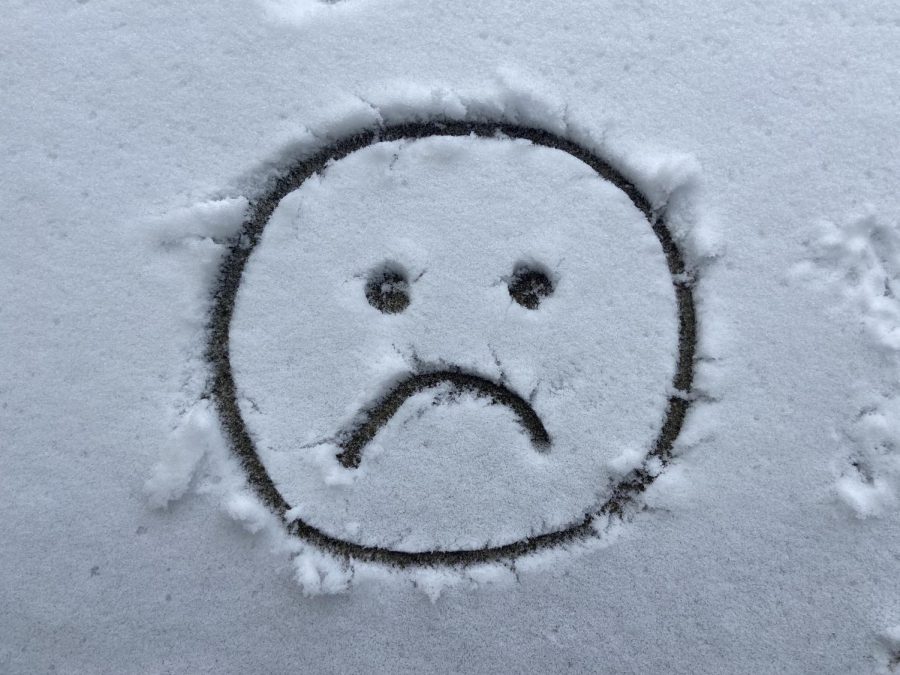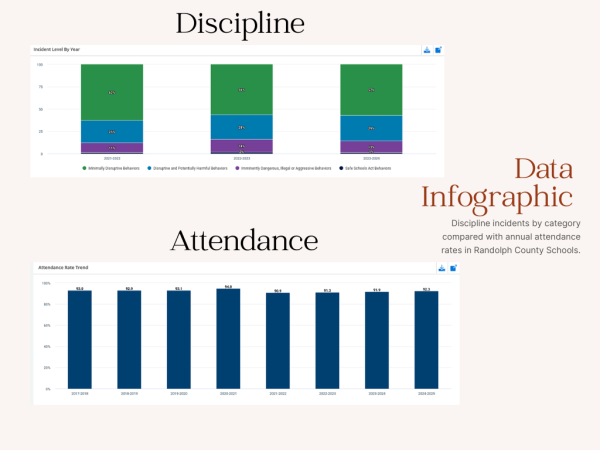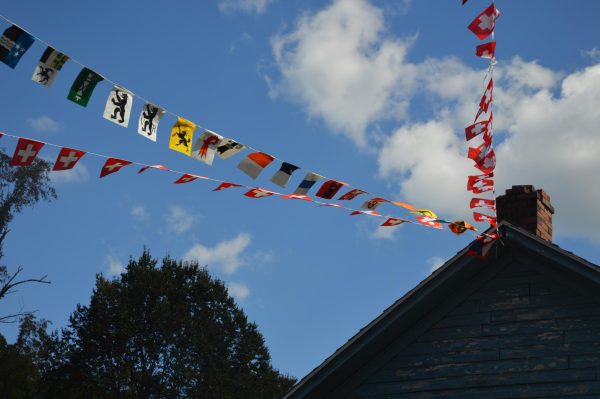Are you Effected by Seasonal Depression?
You’re Not Alone
With the effects of winter coming late this year, everyone seemed almost unprepared for everything the cold season has to offer. While snow may be primarily associated with the nostalgic activities of sledding and building snowmen, there is a downside that many struggle with every year.
No, it’s not shoveling scraping ice off a windshield: it’s seasonal depression. According to Boston University, Seasonal depression, also known as Seasonal Affective Disorder (SAD), affects around 10 million Americans each year. It is believed to occur due to hormonal changes and the lack of sunlight, which causes vitamin D levels to be lower. Because of these factors, the body produces less serotonin.
Symptoms of seasonal depression include feelings of hopelessness, loneliness, lack of energy, suicidal thoughts, and other typical signs of depression. Just because suffering from this disorder may seem hopeless, there are ways to cope with and prevent it.
If already affected by seasonal depression, it is recommended to seek advice from a healthcare professional. In some instances, medication is the most suitable option, and in others, therapy or simple counteractive measures are a more appropriate approach to manage seasonal depression.
The approach to prevent and manage the disorder is the same and includes steps such as using a sunlight lamp and spending more time outside, which could go alongside taking a vitamin D supplement. Another measure is exercise, which releases endorphins to the brain.
Sources
“7 Things to Help Avoid Seasonal Affective Disorder.” (C)1998-2022 Geonetric. All Rights Reserved., www.conehealth.com/services/behavioral-health/7-ways-to-beat-the-winter-blues. Accessed 28 Jan. 2022.
“Seasonal Depression (SAD): Symptoms and Treatments.” Cleveland Clinic, my.clevelandclinic.org/health/diseases/9293-seasonal-depression. Accessed 28 Jan. 2022.
“Seasonal Depression (Seasonal Affective Disorder).” WebMD, 12 June 2008, www.webmd.com/depression/guide/seasonal-affective-disorder.






